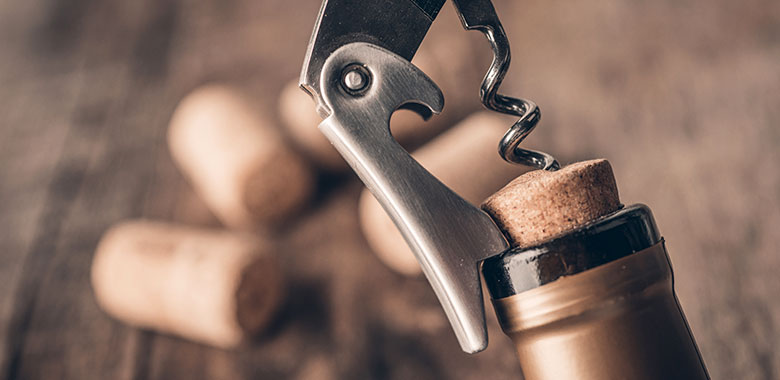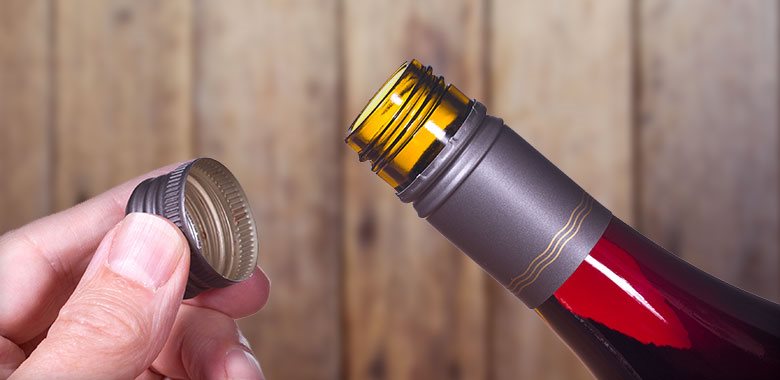
Wine
Screw Cap vs Cork
Tasting Panellist Dave Mavor tells why a crack wins over a pop when it comes to opening wine.
Screwcap closures were first used in the Australian wine industry in the 1970s, but consumers at the time perceived these wines to be of lower quality, and the initiative soon fizzled out.
The screwcap comeback came in the 2000 vintage when a number of ClareValley winemakers bottled some of their Rieslings under screwcap to prevent cork-related faults. The most common of these is cork 'taint', caused by a compound known as TCA, which was often present in cork bark. Before the proliferation of screw cap closures in Australia, the level of wines ruined by cork taint was 12-15%. To put this in perspective, for every two dozen you purchased, it was accepted that there would be at least two bottles affected. This relatively high occurrence of cork taint was due largely to cork suppliers providing Australia with (compared to Europe) second rate corks with a higher incidence of taint producing bacteria.
Due to the airtight nature of screwcaps, the problem of premature oxidation was also eliminated, along with the 'flavourscalping' tendency of the porous cork material, and other potential flavour modifications.
Another advantage now widely recognised by consumers is the convenience factor - screwcapped bottles are easy to open and re-seal!
SCREWING WITH TIME
One of the criticisms of screwcaps, apart from the ridiculous (in my view) notion of missing the 'romance' of the sound of popping a cork, was that the seal was so good that wines would not mature with time, due to the absence of oxygen. However, there is normally a miniscule amount of dissolved oxygen within the wine itself when it is bottled, which will allow the wine to evolve, and each bottle will age at roughly the same rate, while retaining its freshness and vitality for much longer.

With wines under cork, the maturation process is not only much faster, but each bottle will age at a different rate due to the variable consistency and therefore oxygen permeability of the corks. A recent innovation in screwcap technology has seen the development of closures that allow strictly controlled rates of oxygen transmission, giving winemakers the choice of differing maturation rates for different wine styles.
I have now had the opportunity to taste wines that have been aging gracefully under screwcap for up to 15 years, including the same wine bottled under both cork and screwcap. I've even had the privilege of tasting wines from those early adopters in the 70's, which at the time were still going strong.
INTERNATIONAL EYE-OPENER
To reinforce my beliefs, award-winning Australian wine writer Tyson Stelzer came up with some stunning results from a tasting at Italy's biggest wine show, Vinitaly, in March, 2015.
Tyson presented five mature flagship Australian red wines under both cork and screwcap in a blind tasting. Some of Australia's most age-worthy and respected reds were presented, including the Henschke Hill of Grace Shiraz 2004.
In a major surprise the panel of international wine professionals voted the screwcapped wines ahead of the corks.

"The result was ground-breaking for Italy, where screwcaps remain controversial and until recently have been prohibited on the country's top wines," Tyson said. Even Venice sommelier Annie Martin-Stefannato admitted "we will have to change our mindset".
So, given all the evidence for the superiority of screwcap closures, my personal preference will always be to hear a 'crack' rather than a 'pop' when I open a bottle of wine.